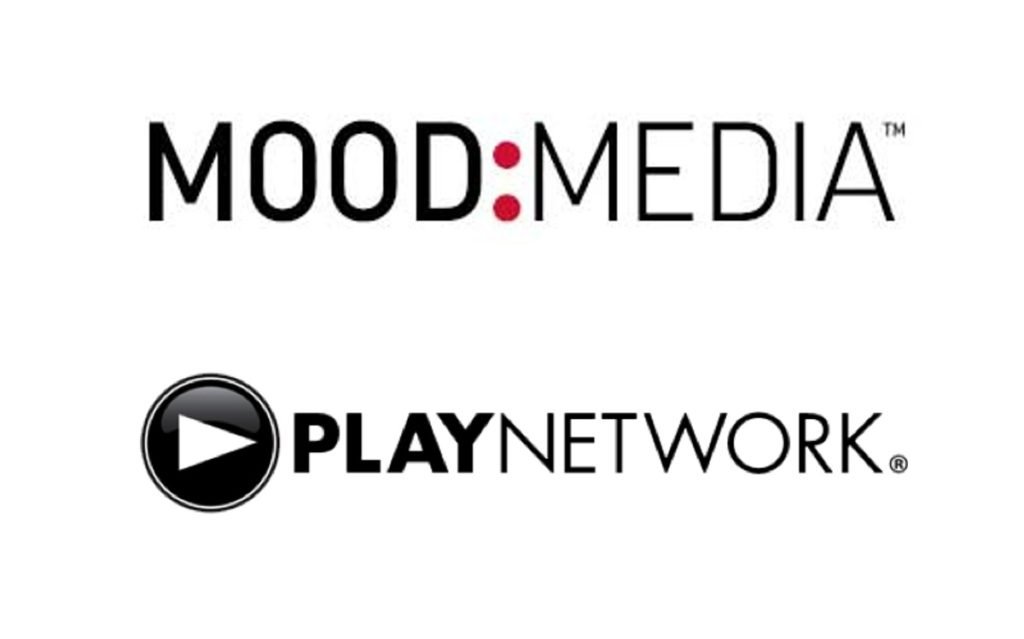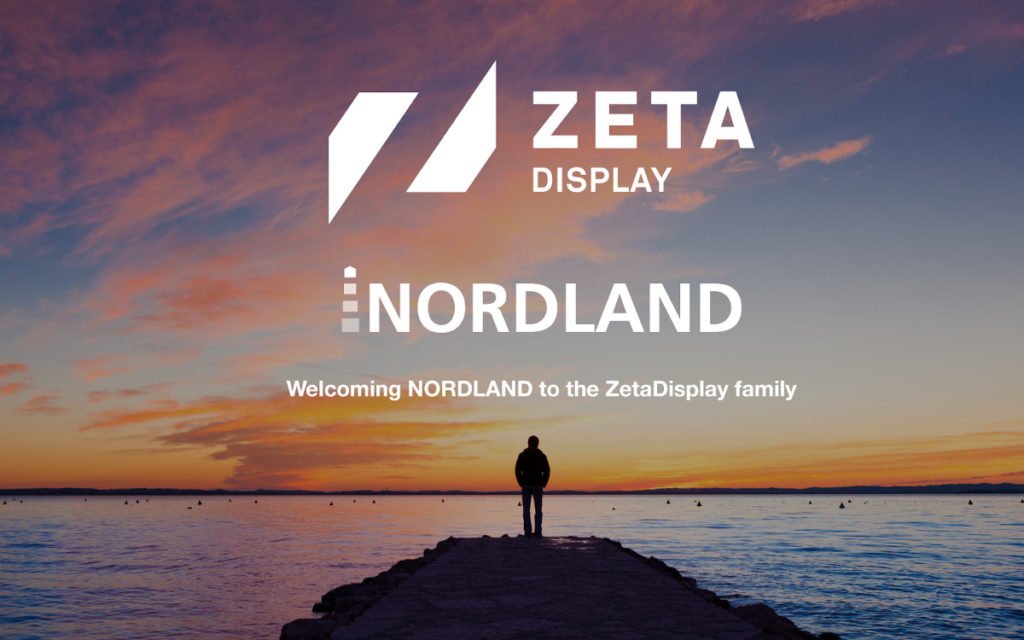The fundamentals in the digital signage industry haven’t changed and M&A transactions are still being closed. But valuations of integrators and software developers have decreased substantially since the peak in 2021. An invidis insight by Florian Rotberg and Stefan Schieker about the current state of digital signage M&A.
Over the past 12 years, valuations of tech companies including digital signage only knew one direction: up. Fueled by ultra-low interest rates and a boom in mobile and computer technologies, valuations for companies in the ecommerce, fintech and services space skyrocketed. The trend even accelerated during the pandemic in 2021 when many investors were betting on the “new normal”.
The huge amount of available capital combined with a limited number of good investment targets created a fear-of-missing-out (FOMO) effect in VC and PE firms. As a result, risk barriers in due diligences were lowered, and valuations and prices paid even for companies with questionable business models reached dizzying heights. A positive side effect of this situation was that also moonshot startups and cutting edge technology companies could get funding for their ideas, thus driving innovations in fields like AI or deep tech.
Fast-forward half a year to August 2022, this situation is changing as the M&A tides are turning. A looming recession, war in Europe and an energy crisis not seen in 40+ years have changed the parameters. There is still a lot of money in the market, but rising interest rates make it much harder to finance leveraged deals and banks are asking for stricter covenants and more securities. In addition, exits routes are blocked with low stock markets and down rounds when companies are handed over to new investors (secondaries).
Therefore, the sell-side is still clinging to the dreams and ambitious valuations of 2021, whereas the buy-side is very cautious on how and where to spend their money wisely. An unholy combination which will lead to a shake-out in the venture capital (VC) and private equity (PE) market as well as in the startup sector or as Vishria at Benchmark sums up the hope in an FT interview: “All the pretenders and the speculators will get wiped out. We’ll have the believers and the builders.”
What’s in for digital signage?
We see a similar, however not as extreme trend also in the digital signage market. At peak times in 2021 valuations for digital signage integrators went up into the 10-14x EBITDA multiple range, up from the historical 5-8x range that we saw a couple of years ago. And technology or software companies started to ask for far more than 20x multiples or double digit revenue multiples. No doubt high valuations, but not as extreme as e.g. in the ecommerce, fintech, or last mile delivery space.
Today digital signage valuations have adapted to the new economic realities. The good news, the fundamentals of the digital signage industry haven’t changed and deals are still being made:
- First of all, there is the underlying growth trend of the digital signage industry with annual rates of 10-14% and no signs that increasing digitalization of physical spaces like retail, corporate offices, schools, or venues is going to stop anytime soon. In the current political and economic environment there will be some (significant) bumps on that road, but the underlying trend is solid
- Secondly, most of the players in the industry are established 10-20 year-old businesses that are profitable and do not rely on hypergrowth models with a vague hope for profits sometime in the future. This might seem a bit boring, but in times like these investors might prefer some more substance and a bit less growth phantasy
- Thirdly, many of the initial founders and entrepreneurs have reached a point where they start to think about succession and further growth opportunities for their companies
- And finally, the industry is still very fragmented which provides a clear buy-and-build playbook for investors
All of these factors have drawn a significant amount of private equity and venture capital money into the digital signage industry over the past years. After all, all of the big European digital signage integrators like Trison, M-Cube, ZetaDisplay, or Mood Media are backed by PE money.
Fundamentally, we see no reason why investments into digital signage should significantly slow down or even stop. However, deals may become more difficult if owners still insist on high valuations and investors become extra cautious on prices and risks. In the end investors are looking for “the believers and the builders”
- invidis consulting is facilitating M&A activities within the Digital Signage industry
- We support sell side activities with company analysis, creation of investor memorandums, investor leads, and facilitation of the due diligence and negotiation process
- On the buy side we help financial investors with strategic insights and structural analyses of the industry as well as with the strategic, commercial, and technical due diligence
- With our well-established personal network to the owners and decision makers of the industry we can bring buy- and sell-side partners together




